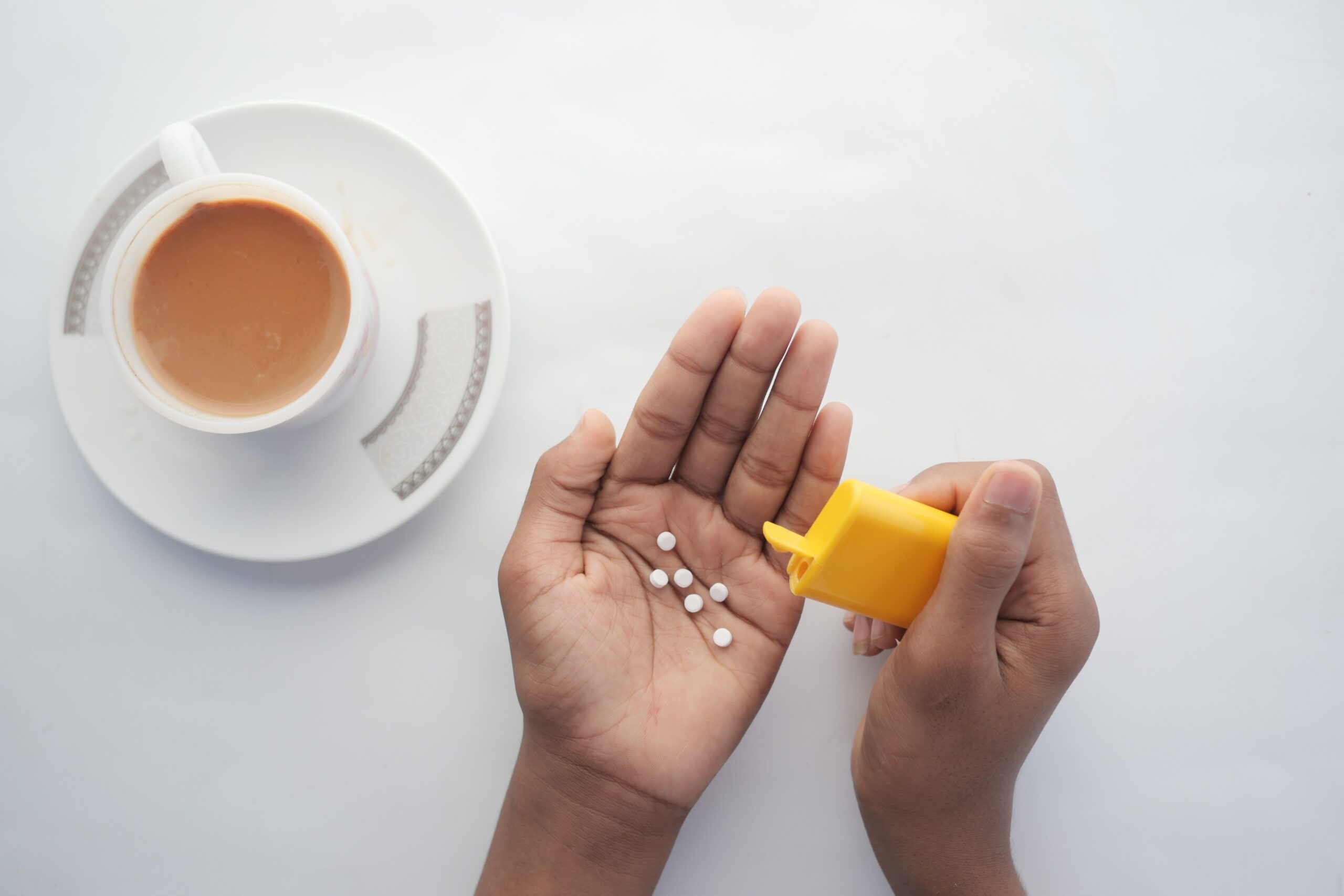Table of Contents

Scientists have mapped the 3D structure of the human sweet taste receptor, revealing why artificial sweeteners never truly satisfy our sugar cravings and opening new doors to combat our growing sugar addiction.
At a Glance
- The human sweet taste receptor's 3D structure has been mapped, providing insights into how we perceive sweetness
- Sugar triggers both taste buds on the tongue and a separate gut-to-brain pathway that artificial sweeteners cannot activate
- Americans now consume over 100 pounds of sugar annually, up from just 18 pounds in 1800
- This breakthrough could lead to new compounds that regulate sugar attraction and help address obesity and diabetes
- Scientists distinguish between "sweet is liking" (taste) and "sugar is wanting" (physiological craving)
The Dual Pathway of Sugar Perception
The sensation of sweetness is more complex than previously understood. Research now shows that sugar activates both specialized taste buds on the tongue and a separate neurological pathway that begins in the gut. This dual system explains why artificial sweeteners, despite tasting sweet, often fail to satisfy our sugar cravings. The tongue detects the sweet taste, but the gut-to-brain circuit responds exclusively to actual sugar molecules, ignoring artificial alternatives. This selective pathway appears to be fundamental to our evolutionary biology.
The gut-brain pathway specifically favors glucose and similar sugar molecules while completely bypassing artificial sweeteners and some sugars like fructose. Scientists have discovered that this pathway involves the sodium-glucose-linked transporter-1 (SGLT-1) and activates a distinct area in the brain stem called the caudal nucleus of the solitary tract (cNST). This region operates independently from the areas that process taste information from the tongue, creating a parallel system specifically evolved for detecting nutritive sugars.
The Sweet Taste Receptor Breakthrough
The recent mapping of the human sweet taste receptor's three-dimensional structure by Columbia University scientists represents a significant advance in understanding taste biology. This receptor, technically known as the T1R2/T1R3 GPCR heterodimer, is responsible for detecting sweetness across various species, though with notable variations that explain why certain sweeteners appeal differently to humans versus other animals. By visualizing this complex protein structure, researchers can now better understand how different compounds interact with it.
This structural mapping provides a foundation for developing compounds that could modify how we perceive sweetness. Some potential applications include sugar substitutes that more effectively satisfy cravings or substances that could temporarily reduce our sensitivity to sweetness, helping people reduce their sugar consumption without feeling deprived. For the millions of Americans struggling with obesity and diabetes, such developments could represent a new approach to addressing these conditions.
The Public Health Implications
The timing of this discovery is particularly relevant given the dramatic increase in sugar consumption across developed nations. In the United States, average annual sugar consumption has skyrocketed from 18 pounds per person in 1800 to over 100 pounds today. This increase correlates with rising rates of obesity, type 2 diabetes, and cardiovascular disease. By better understanding the biological mechanisms behind sugar cravings, scientists hope to develop interventions that could help address this major public health challenge.
Research has shown that overconsumption of sugars can actually blunt taste perception over time, creating a vicious cycle where more sugar is needed to achieve the same level of satisfaction. Additionally, frequent consumption of highly sweetened foods can affect feeding circuits in the brain, potentially contributing to compulsive eating behaviors. By targeting the newly mapped sweet taste receptor, scientists may be able to interrupt these patterns and help restore more natural responses to sweet foods.
The Future of Sweet Science
The work being conducted at Columbia University and other research institutions aims to translate these fundamental discoveries about taste biology into practical applications. For adults concerned about their health, these findings explain why simply switching to artificial sweeteners often fails as a strategy for reducing sugar consumption—the gut-to-brain pathway remains unsatisfied. Future interventions might target both pathways, providing sweetness to the tongue while also activating the gut sensors that signal satisfaction to the brain.
For individuals over 40 who may be particularly concerned about diabetes risk and weight management, this research offers hope that science may soon provide new tools for managing sugar cravings. Rather than relying solely on willpower—which often fails against powerful biological drives—future approaches might work with our biology to reduce the appeal of excess sugar without sacrificing satisfaction. This scientific breakthrough represents not just an advance in basic biology, but a potential pathway to addressing one of modern society's most pervasive health challenges.
